Cristo en la cruz 1780 – “Christ Crucified” Goya Canvas Stretched, 1.5”
Price range: $36.26 through $81.94
Custom Artwork Available - sales@heritagedinerli.com
Description
Made with hand-stretched fabric on a wooden frame, these prints are extremely durable with a long-lasting semi-glossy finish.
.: Material: 100% polyester with semi-glossy finish
.: Handstretched fabric on pine wood frame
.: Horizontal, vertical and square options available
.: Assembled in the USA from Globally Sourced Parts
.: NB! Does not include mounting hardware
“Christ Crucified” (Spanish: Cristo crucificado) is an oil-on-canvas painting created in 1780 by the Spanish Romantic artist Francisco de Goya. He presented this powerful work to the Real Academia de Bellas Artes de San Fernando as his reception piece upon becoming an academic painter. The painting now resides in the permanent collection of the Prado Museum in Madrid.
Analysis:
- The painting exhibits a neoclassical style, although it is rooted in traditional Spanish iconography of the subject.
- Goya adheres to the Spanish Baroque iconographic rules for portraying the Crucifixion, as laid down by Francisco Pacheco:
- The dark black background, four nails (rather than three), supported feet, and a trilingual inscription at the top of the cross beginning with “IESUS NAZARENUS REX IUDEORUM.”
- By following these rules, Goya shifts attention away from devotional features (such as drama and blood) and focuses on the painting’s soft modeling.
- Christ’s head is lifted and leans to the left, dramatically looking upwards—possibly representing a gesture of ecstasy when he said, “My God, my God, why have you forsaken me?” (Matthew 27:46, Mark 15:34).
- The overall serenity of the painting avoids evoking a pitiful sensation.
- Goya also demonstrates his knowledge of anatomy by presenting a nude figure, justified within the religious context conforming to Spanish tradition.
- The painting skillfully resolves the challenge of soft modeling (sfumato) and the light source (seemingly emanating from Christ’s bared breast), transitioning into dark areas while hiding the outlines of the underdrawing.
- Transparent areas, glazes, and gradations are delicately rendered in shades of pearl gray and soft green-blue, with touches of intense white enhancing the flashes of light.
- The composition follows the sweet classical S shape, avoiding the violent effects of the Baroque.
- The pushed-forward right leg, slightly skewed hip, and tilt of the head create dynamic adjustment, adhering to classical canons to avoid stiffness.
Additional information
| Weight | N/A |
|---|

















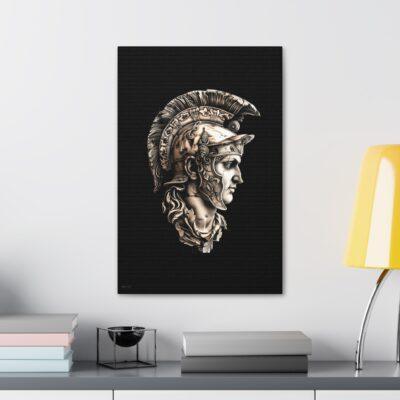
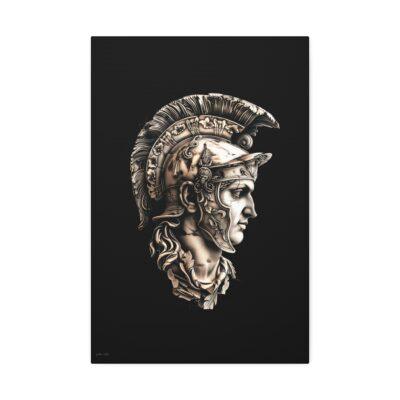
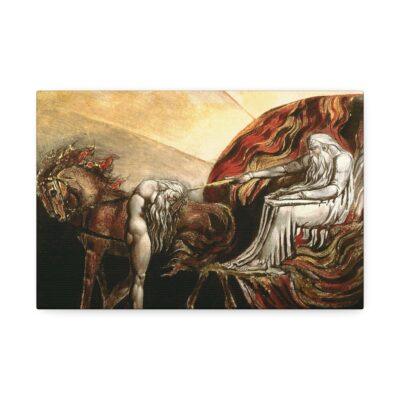
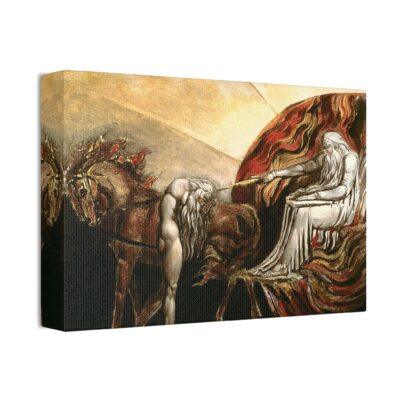
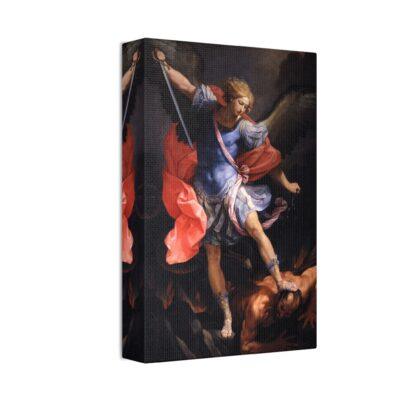
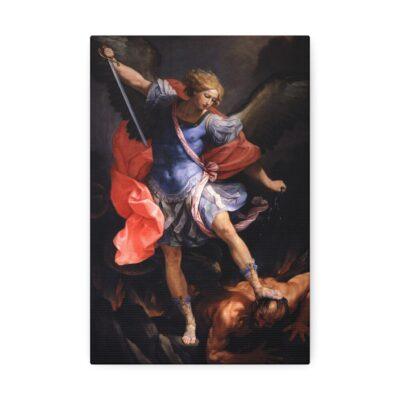
Reviews
There are no reviews yet.